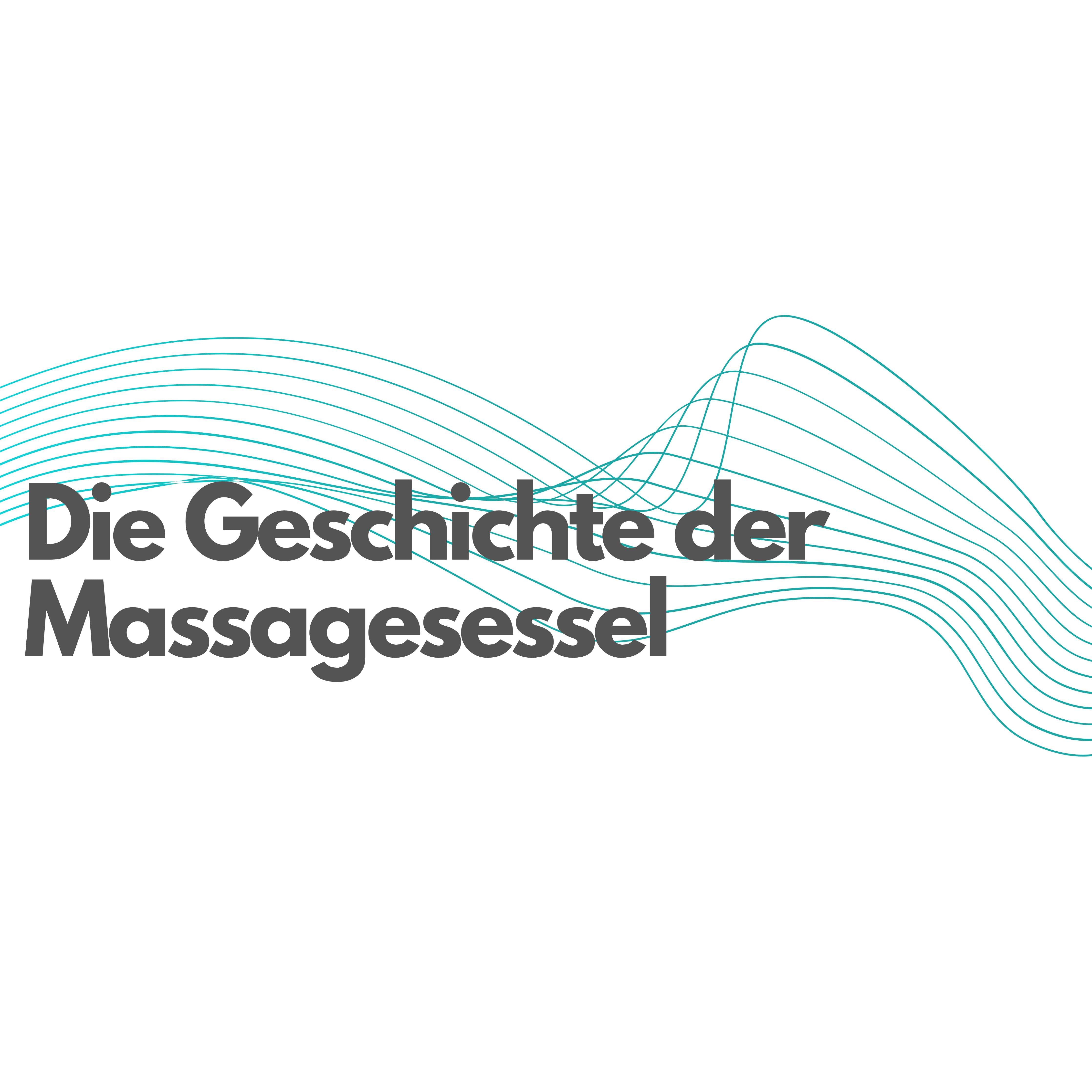
History of massage chairs - beginning to present
In which country was the first massage chair invented?
The first massage chairs were invented in Japan in the early 1800s.
These chairs were designed to mimic the movements of a human hand and used a system of rollers and levers to create a massage effect.
Massage chairs became increasingly popular in the early 1900s as people realized the benefits of massage.
However, it wasn't until the mid-19th century that massage chairs became widely available. In the 1950s, companies like Panasonic and Sanyo began mass-producing massage chairs, making them more affordable and accessible to the general public.
How did the massage chair come about?
We're often asked how the massage chair actually came about and where the first models originated. There's actually no simple answer to this question. First, perhaps we should briefly explore where massage itself originated. Massage therapy dates back thousands of years. References can be found in various ancient texts around the world, including China, Japan, India, Egypt, Greece, and Rome.

When was massage invented?
While massage chairs only emerged in the last century, massage has ancient roots dating back thousands of years. The first recorded use of massage was in India in 3000 BC. In India, it was considered a sacred healing tool that helped people unite with their surroundings, relieve pain, and heal injuries and illnesses.
The practice of massage came to China from India in 2700 BC and was included in the ancient text "The Yellow Emperor's Classic Book of Internal Medicine," which is still used today by massage therapy and alternative medicine practitioners. The text covered topics such as acupuncture, acupressure, and herbal medicine.
Around 2500 BC, massage therapy found its way to Egypt and was even depicted on tomb paintings. The Egyptians are credited with inventing reflexology, a component of massage.
The Chinese eventually brought massage therapy to Japan around 1000 BC, where one of the most popular massage techniques, shiatsu, was developed. Old Japanese block prints depict people receiving massages.
Massage was used in these countries primarily for its medicinal properties. It helped people achieve a state of relaxation and harmony that practitioners believed would keep infections and demons at bay. This led to massage being used to heal all kinds of ailments, thus becoming a mainstay of healing practices.
Massage therapy is a form of alternative medicine that has many health benefits, such as pain relief, injury rehabilitation, stress reduction, treatment of anxiety or depression, increased relaxation, and lowering blood pressure. Science has also demonstrated the benefits of endorphins on the system, and massages are excellent for stimulating your body to produce feel-good hormones.
The beginnings of the massage chair as we know it
Massage has evolved through various styles over the years, from acupressure to various forms of reflexology, which aims to stimulate specific parts of the feet or hands to produce a visceral effect on various organs and systems of the body. Originally, shiatsu appears to have been one of the oldest forms of massage.
Below you can also see a sketch of an antique massage chair:

Shiatsu seeks to balance the body's energy to bring the body into a self-healing state. Using only the fingertips and sometimes the palms of the hands, Shiatsu uses this targeted pressure to regulate the natural flow of energy, allowing the body to heal itself.
From there, knowledge of massage therapy traveled around the globe to the United States. After traveling through Asia and learning about the health practices of other cultures, J.H. Kellogg, the inventor of cornflakes, brought massage therapy to America. As this information spread throughout the world, the process of innovation began. Since then, new massage variations have been developed, and massage recipients can choose from a wide variety of options.
Invention of the electric massage chair
Mechanical massage chairs emerged in the 1950s and have kept pace with rapid technological advances ever since. The first electric massage chair was designed by Nobuo Fujimoto in 1954. Fujimoto created several prototypes of the chair from scrap materials before he was satisfied with the final design.

The original massage chair only had a "kneading" massage function, using a simple mechanism in which the massage balls moved up and down by turning the handle attached to the side. Fujimoto's invention broke the traditional notion that massage could only be achieved through the tapping and kneading of human hands or tools and became a revolutionary product.
Differentiation from traditional massage chairs
Unlike electric massage chairs, massage chairs are ergonomic and portable chairs in which people sit and are then massaged and treated by a physical therapist. Chair massage focuses on the head, neck, shoulders, back, arms, and hands. Massage therapists are able to provide on-site massage in a variety of settings thanks to the chair's portability, and clients don't have to undress to receive such a massage.
Due to these two factors, chair massage is often used in business premises, employee pampering events, trade fairs, conferences, corporate events, etc.
The evolution of electric massage chairs
Over the years, the other variants received increasing technical and visual improvements. It took about another 10 years after the invention before a special massage chair for percussion massage came onto the market in 1967.
Just ten years later, in 1975, the type and intensity of the massage could be adjusted with a single button. The chairs also became less bulky and, thanks to premium materials like leather or velour, made a striking impression among other furniture at home.
Between 1980 and 2000, more and more features were added. In addition to air cushions and the ability to convert the chair into a recliner, leg elements for a special calf massage became the new standard.
The 2000s ushered in a new era of technological advancement. Massage chairs incorporated more and more relaxation functions, and the massage area, which until then had been primarily located on the back, was also becoming increasingly larger.
Up until 2021, these luxurious massage aids have continued to be improved. Newer and more innovative internal electronic motors and gears have been installed, specifically designed to mimic a manual massage. Today, massage chairs usually come with a remote control that allows you to adjust the type, location, and intensity of the massage.
Modern massage chairs are designed to look like recliners. There are numerous different types and brands, including inexpensive, office-style chairs that are battery-operated.
Today, Japan is the largest consumer of massage chairs, with some surveys suggesting that over 20% of Japanese households actually own a massage chair. Funnily enough, the largest manufacturer of massage chairs is actually China.
Massage chairs vary significantly in price, style, and intensity. Cheaper models often only offer vibration, while premium models offer shiatsu functions and various intensities.
The evolution of massage chairs has come a long way, from simple wheel-and-crank systems that move the massage rollers in the back to computer-assisted robotic massage roller systems with six or more different massage styles pre-programmed. Massage chairs have continually evolved, continually embracing the latest technologies to provide users with an increasingly human-like massage.
The latest innovations in massage chairs now offer S/L track technology that reaches all the way to your glutes, as well as 3D and 4D rollers that can penetrate deep into your muscles and create a personalized massage experience. There are now even chairs that utilize Bluetooth, touchscreen, zero gravity, and body scan technologies to deliver incredible sound and control, as well as personalized massage experiences. Thanks to increasingly compact designs, these chairs can be placed almost anywhere in your home.
Modern massage chairs are an impressive fusion of the latest technologies and new design features, all designed to help you relax and enjoy a soothing massage whenever you're in the mood.
For more information on all the features available in massage chairs, check out our guide . If you have specific questions about massage chairs, you can contact us by phone or email at support@mustbuy.eu . We'll be happy to help you find the perfect chair for your individual needs.
Now you know the history of massage chairs, and if you like, you can browse some of the most modern products on the market. Or read our review.







Leave a comment
This site is protected by hCaptcha and the hCaptcha Privacy Policy and Terms of Service apply.